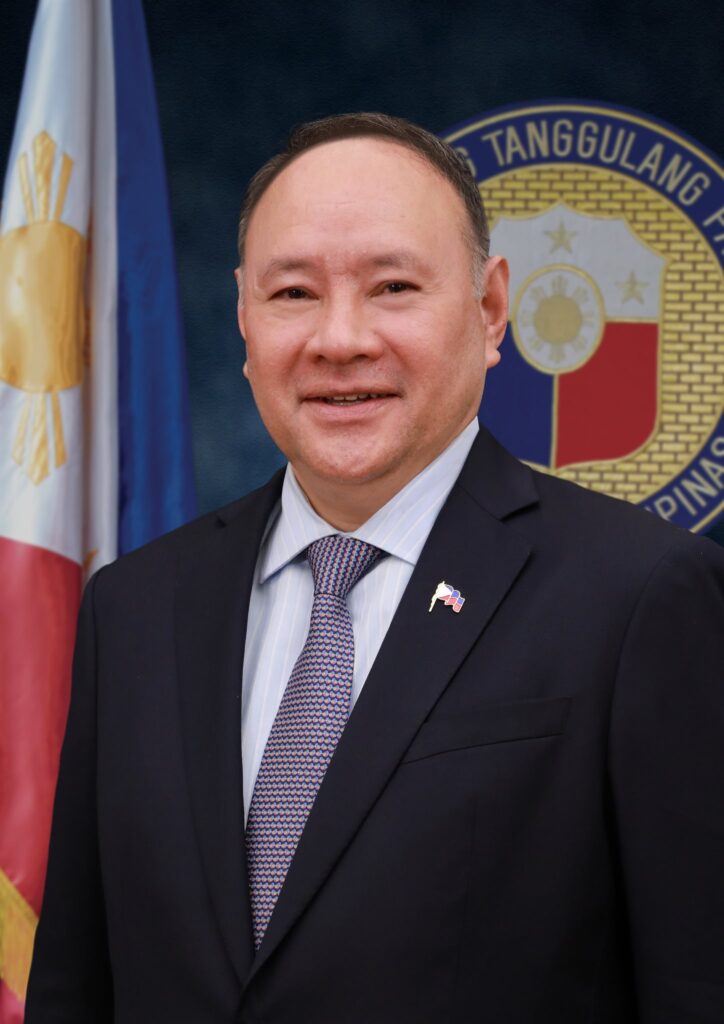The evolution of English in the Philippines represents a fascinating journey of linguistic adaptation and cultural integration that spans over a century. As one of Asia’s largest English-speaking nations, the Philippines has developed its own distinct variety of English, commonly known as Philippine English or Filipino English. This unique dialect emerged from the complex interplay of American colonization, local language influences, and the country’s rich cultural heritage. The development of Filipino English reflects not just linguistic changes but also serves as a mirror to the nation’s history, identity, and socio-cultural dynamics. According to the 2020 Education First English Proficiency Index, the Philippines ranks 27th globally in English proficiency, maintaining its position as one of the strongest English-speaking countries in Asia. This high level of English proficiency, combined with distinctive local features, has created a variety of English that is both globally intelligible and locally authentic.
Historical Context and Development
The story of Filipino English begins with the American colonial period (1898-1946), which marked the systematic introduction of English education in the Philippines. This historical backdrop proves crucial in understanding how Filipino English evolved into its present form. The American colonial government implemented a comprehensive English education system through the Thomasites – American teachers who were sent to the Philippines to establish a new public education system. Their arrival in 1901 aboard the USS Thomas (hence their name) marked the beginning of widespread English education in the country. During this period, English was established as the primary medium of instruction, replacing Spanish which had been dominant during the previous colonial era.
Key Historical Milestones in Filipino English Development:
| Year | Event | Impact |
|---|---|---|
| 1898 | Start of American colonial period | Introduction of English as official language |
| 1901 | Arrival of Thomasites | Establishment of English education system |
| 1935 | Commonwealth period begins | English and Spanish as official languages |
| 1946 | Philippine Independence | Retention of English in education and government |
| 1987 | New Constitution | English and Filipino as official languages |
Linguistic Features and Characteristics
Filipino English possesses distinct phonological, lexical, and grammatical features that set it apart from other varieties of English. These characteristics have been extensively studied by linguists such as Dr. Maria Lourdes S. Bautista, whose work “Philippine English: A Case of Language Drift” (2000) provides comprehensive documentation of these features. The unique pronunciation patterns, vocabulary choices, and grammatical structures reflect both the influence of local languages and the adaptive nature of English in the Philippine context.
Distinctive Phonological Features:
| Feature | Filipino English | Standard American English |
|---|---|---|
| Th-sounds | Often pronounced as /t/ or /d/ | Pronounced as /θ/ or /ð/ |
| Final consonants | Sometimes dropped | Fully pronounced |
| Stress patterns | Syllable-timed | Stress-timed |
| Intonation | Rising pattern common | Various patterns |
Vocabulary and Expression
Filipino English has developed its own lexicon, incorporating words and phrases that reflect local cultural concepts and daily experiences. This includes the phenomenon of “Taglish” – the code-switching between Tagalog and English that has become a common feature of casual communication in the Philippines. According to a 2019 study by the Linguistic Society of the Philippines, approximately 35% of daily conversational English in urban areas incorporates local language elements.
Common Filipino English Expressions:
| Filipino English Term | Standard English Equivalent | Usage Context |
|---|---|---|
| “for a while” | “please wait” | Customer service |
| “comfort room” | “restroom/bathroom” | Public spaces |
| “traffic” (as adjective) | “congested” | Daily conversation |
| “kid” (as verb) | “joke around” | Casual speech |
Sociolinguistic Impact and Identity
The role of Filipino English in shaping national identity and social dynamics cannot be understated. Research by sociolinguist Dr. Isabel Pefianco Martin (2018) suggests that Filipino English serves as both a unifying force and a marker of social mobility in Philippine society. It functions as a bridge language among the country’s diverse linguistic groups while simultaneously acting as a gateway to global opportunities.
Social Functions of Filipino English:
| Function | Description | Impact |
|---|---|---|
| Educational | Primary medium of instruction | Enhanced global competitiveness |
| Professional | Business communication | Economic opportunities |
| Cultural | Creative expression | Literary and artistic development |
| Social | Inter-ethnic communication | National unity |
Economic and Professional Implications
The distinctive characteristics of Filipino English have significant economic implications, particularly in the business process outsourcing (BPO) industry. According to the IT & Business Process Association of the Philippines (IBPAP), the country’s BPO sector employed approximately 1.3 million people in 2020, largely due to the population’s high English proficiency and unique communication style. The “neutral” accent of Filipino English speakers, combined with their cultural adaptability, has made the Philippines a preferred destination for English-language customer service operations.
Educational Context and Language Policy
The Philippine education system maintains a strong focus on English proficiency while balancing it with mother tongue-based multilingual education. The Department of Education’s K-12 curriculum implements a comprehensive English language program that recognizes both global standards and local variations. Studies by the Philippine Normal University (2021) indicate that this balanced approach has contributed to maintaining high English proficiency levels while preserving linguistic diversity.
Language Policy Timeline:
| Year | Policy | Implementation Impact |
|---|---|---|
| 1974 | Bilingual Education Policy | English and Filipino as medium of instruction |
| 2009 | Mother Tongue-Based Multilingual Education | Integration of local languages |
| 2013 | Enhanced Basic Education Act | Strengthened English instruction |
| 2020 | Distance Learning Adaptation | Digital English learning platforms |
Future Trends and Challenges
The evolution of Filipino English continues in the digital age, with new influences from social media, global entertainment, and international communication. Research by the University of the Philippines’ Department of Linguistics (2022) suggests that younger generations are developing new patterns of English usage that blend traditional Filipino English features with global digital communication styles. This presents both opportunities and challenges for maintaining the distinctive character of Filipino English while ensuring its continued relevance in the global context.
Conclusion
Filipino English stands as a testament to the dynamic nature of language and its ability to adapt to local contexts while maintaining global intelligibility. Its development reflects the complex interplay of historical, social, and cultural factors that have shaped Philippine society. As the Philippines continues to play a significant role in the global English-speaking community, Filipino English will likely continue to evolve while maintaining its unique characteristics that make it a distinct and valuable variety of World English.
Disclaimer: This article is based on academic research and publicly available data as of 2024. While every effort has been made to ensure accuracy, language use and patterns are constantly evolving. The statistics and information presented are drawn from cited sources, but readers should verify current data for the most up-to-date information. Please report any inaccuracies to our editorial team for prompt correction.




